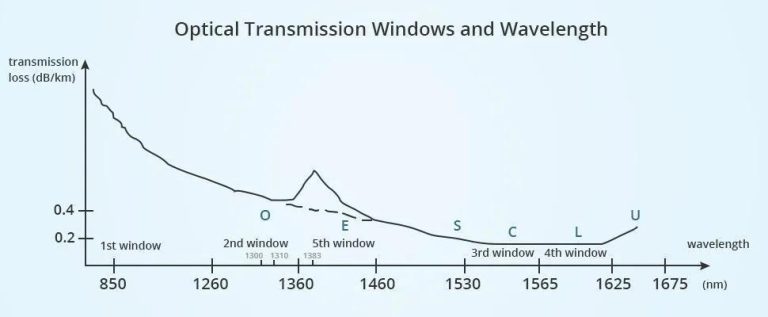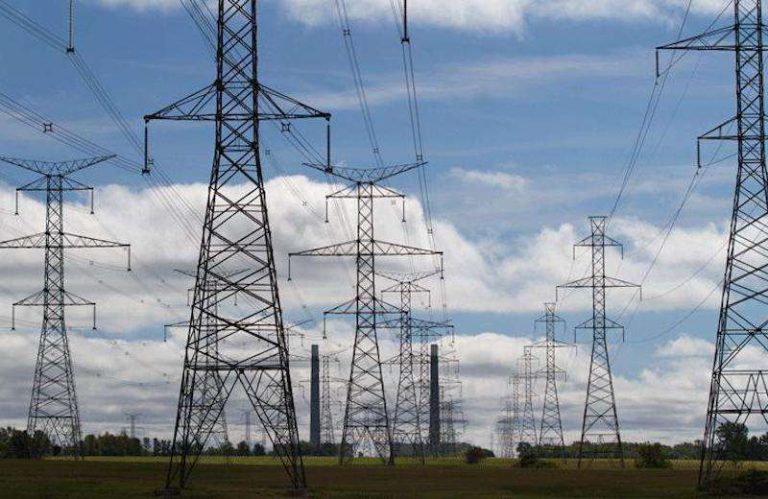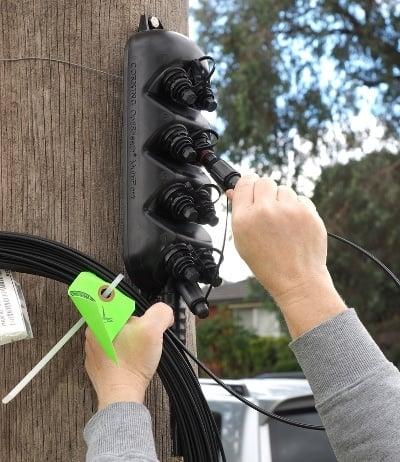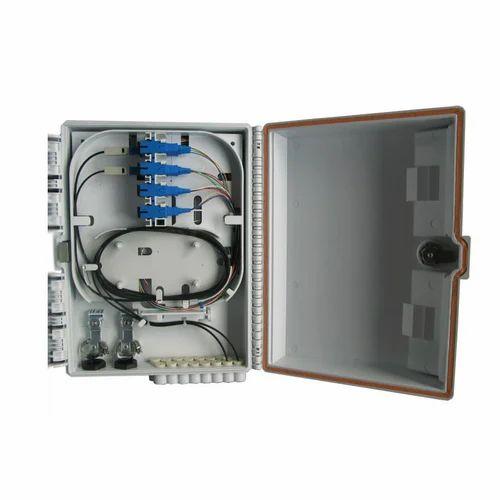Hybrid Fiber Optic Cable: Technology and Integrated Advantages
As data demands continue to rise, network operators and utility companies are seeking innovative solutions that combine efficiency with reliability. One such solution is the hybrid fiber optic cable, a type of cable that integrates optical fibers with additional elements such as power conductors or copper wires. This combination allows for the simultaneous transmission of data and electrical power, making hybrid cables a versatile option in modern network infrastructures.
What Is a Hybrid Fiber Optic Cable?
A hybrid fiber optic cable is designed to carry both optical signals and electrical power within a single sheath. Unlike traditional fiber optic cables, which only provide data transmission, hybrid cables include:
1. Optical fibers for high-speed data communication.
2. Copper conductors or power cables to deliver electrical power to end devices such as remote radios, cameras, or sensors.
This dual functionality makes hybrid cables especially useful in environments where both data and power need to be supplied over the same route.
Key Benefits of Hybrid Fiber Optic Cables
1. Reduced Installation Costs
By combining power and data in one cable, network operators reduce the need for separate cabling systems. This leads to lower material, labor, and maintenance costs.
2. Simplified Infrastructure
Hybrid cables streamline cable management and free up space in ducts, towers, and conduits, making them ideal for dense urban environments and long-distance deployments.
3. Reliable Power Supply for Remote Devices
In scenarios such as FTTA (Fiber to the Antenna) or security surveillance, hybrid cables can deliver stable power to equipment installed in remote or hard-to-reach areas.
4. Enhanced System Efficiency
With fewer cables to install and maintain, hybrid systems reduce energy loss, improve efficiency, and minimize downtime caused by complex installations.
Typical Applications
- Telecommunications – Hybrid cables are widely used in mobile base stations, particularly in 4G and 5G networks, to connect antennas and small cells.
- Security and Surveillance – They provide both data transmission and power to IP cameras in smart city and industrial monitoring systems.
- Industrial Networks – Hybrid solutions support factory automation, IoT devices, and real-time monitoring systems.
- FTTH/FTTA Deployments – They simplify the rollout of fiber-to-the-home and fiber-to-the-antenna infrastructure by combining power and optical fibers in a single line.
Conclusion
Hybrid fiber optic cables represent a significant advancement in cable technology, merging high-speed data transmission with reliable power delivery. Their ability to reduce installation costs, simplify infrastructure, and power remote devices makes them a preferred choice for modern networks. As industries move toward more integrated and efficient systems, hybrid cables will play a central role in enabling the next generation of communication and smart applications.
ZTOCable provides hybrid fiber optic cable solutions for diverse applications. Whether for 5G, FTTH, or industrial use, our cables guarantee reliability, efficiency, and outstanding performance.




